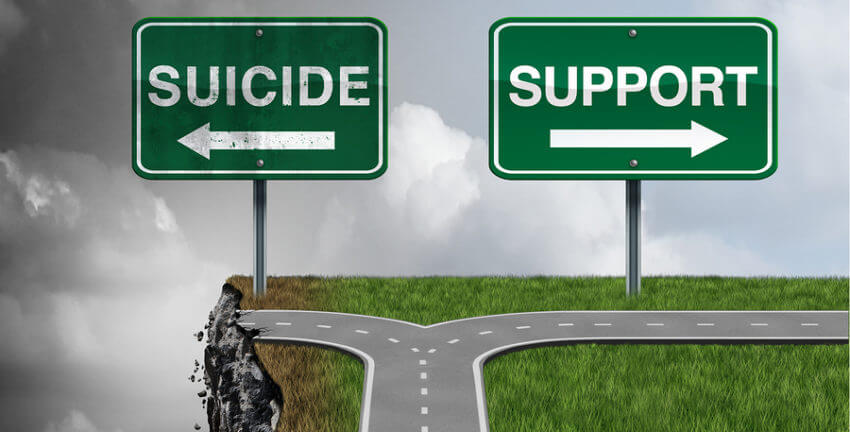The BALM Blog
See all postsCan You Be Your Loved One’s Best Chance at Averting Suicide?

This coming week, the BALM will focus on Principle One: The Family Has a Crucial Role to Play in a Loved One’s Early Recovery. One of the core concepts in the Principle One Lesson is that family members are always contributing to a loved one’s disorder or to the loved one’s recovery.
The Principle then goes on to give an overview of the entire Be A Loving Mirror (BALM) Program which is dedicated to empowering families to contribute to recovery exclusively, or at least as much as humanly possible.
We have now gone through the cycle of the 12 Principles 4 times a year for the past six and a half years, sharing the many tips and tools of the BALM with families the world over through the lessons and through interviews with experts, family members, and recovering loved ones.
One of the topics we have rarely discussed in the context of the family’s role is suicide.
This morning I was reading an article “The Empty Promise of Suicide Prevention” written by Dr. Amy Barnhorst, a psychiatrist who has studied suicide and dealt with patients who have tried or planned to try to kill themselves and how much more there is to helping a depressed love one prevent suicide than medication can provide.
Barnhorst discusses the importance of the family in a loved one’s life, day by day, often when that loved one is most difficult to be around or actively love. This reminded me of how challenging it is for families to stay with it and keep being there in a constructive, healthy way when their loved ones are in the throes of their substance use disorder.
That ability of family members to know who the loved one is and to provide ongoing attention and properly given ongoing feedback as they see what is going on, along with knowledge of resources to get the loved one evidence-based treatments, can be critial to the process.
The reason the BALM’s approach invites families to “Get Your Life Back and Help Your Loved One Get Their Life Back” is twofold: one, to invite you to value the quality of your own life and two, to remind you to keep your balance as you move forward facing the ever-challenging experience of facing life with a loved one struggling with a use disorder.
To most effectively help your loved one, you will also learn how to prepare for and have powerful BALM conversations, those ongoing mini-interventions that can allow your loved one to know they are being seen and to absorb the facts of their situation with minimal resistance so they will have a better chance of waking up from their current way of being, thinking, speaking and acting.
Family Recovery is not JUST about helping our loved one or JUST about saving ourselves. It’s about deep and persistent self care in the middle of being there in a healthy, educated way for our struggling loved one.
As Barnhorst says, “We need to address the root causes of our nation’s suicide problem — poverty, homelessness and the accompanying exposure to trauma, crime and drugs. That means better alcohol and drug treatment, family counseling, low-income housing resources, job training and individual therapy. And for those at risk who still slip past all the checkpoints, we need to make sure they don’t have access to guns and lethal medications.”
By the way, this Tuesday we will have a conversation about how to most powerfully be there for your loved one after treatment. To join us and learn about how the BALM can help you increase your ability to contribute to your loved one’s ability to sustain the recovery they began or reignited in treatment, click here!
If you would like to read the article referred to in the above blog, click below:
https://www.nytimes.com/2019/04/26/opinion/sunday/suicide-prevention.html

